We are able to chop a wide variety of fibers. Pick the fiber you need for your product.
Polymers
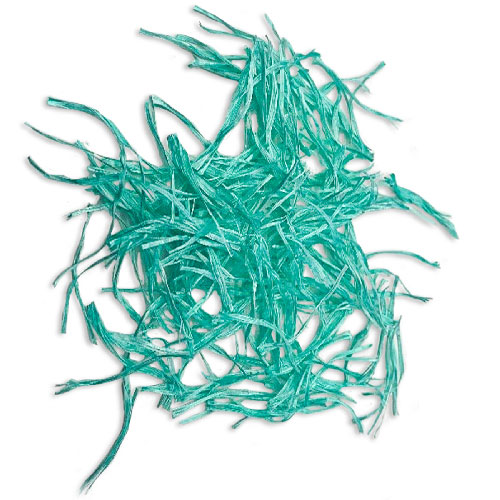
Polymers
- Polysteel
- Aramid (Kevlar)
- UHMWPE (Dyneema)
- Polyester
- Nylon
- Acrylic
Natural
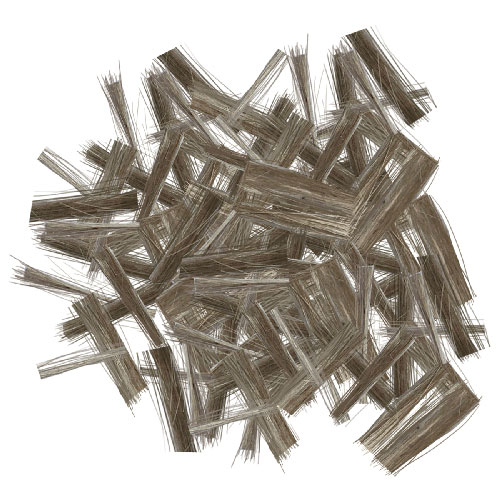
Natural
- Flax
- Jute
- Kenaf
- Sisal
- Cotton
Steel
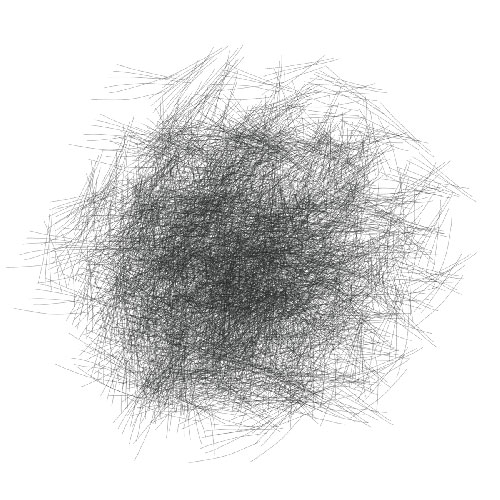
Steel
- Aluminium fiber
- Stainless steel wire
- Steel wire
Glass
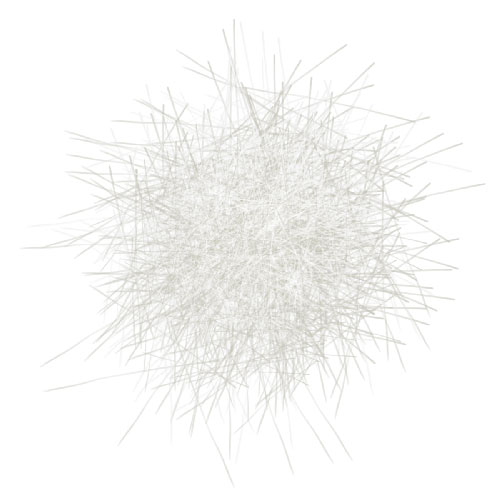
Glass
- Fiberglass
- Quartz
- Silica
Carbon & Basalt
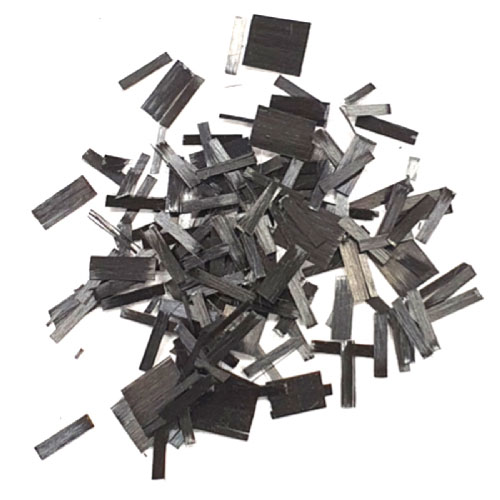
Carbon & Basalt
- Carbon fibers
- Basalt fibers
Many fibers for Reinforcement
Do you have a specific fiber?
Glass
Glass fibers are formed from melts and manufactured in various compositions by changing the amount of raw materials like sand for Silica, clay for Alumina, Calcite for Calcium oxide and Colemanite for Boron oxide. Therefor different types of glass fibers show different performances like alkali resistance or high mechanical properties using various amounts of silica or other sources. This is the reason why it could be used in multiple applications in various markets. Lightweight, high tensile strength (to weight ratio), durability, stretch more elastically (than steel), etc. are some of the properties which can be used when you added glass fiber into your application. Pure Fiberglass is (if not compromised by a certain resin or binder) also be considered fireproof, it doesn’t burn or contribute fuel to a fire.
Our clients which uses glass fibers operates in various markets like the construction industry. A specific segment within this industry is the plasterboard market, which is growing fast (+50% in 2030) and where glass fibers are used for fire-resistance, sound-insulation, moisture-resistance, thermal properties and impact-resistance.
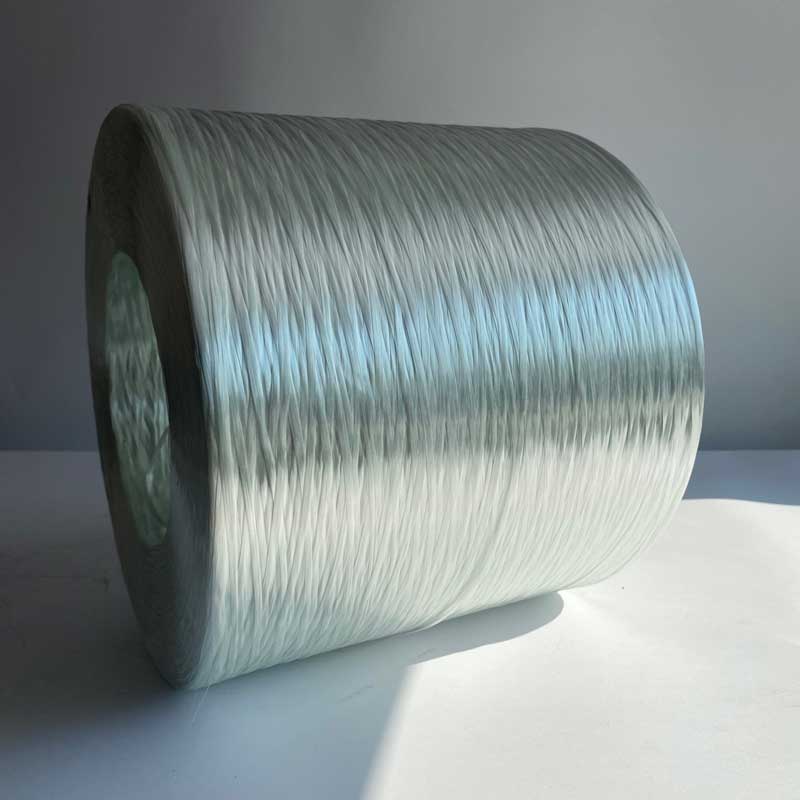
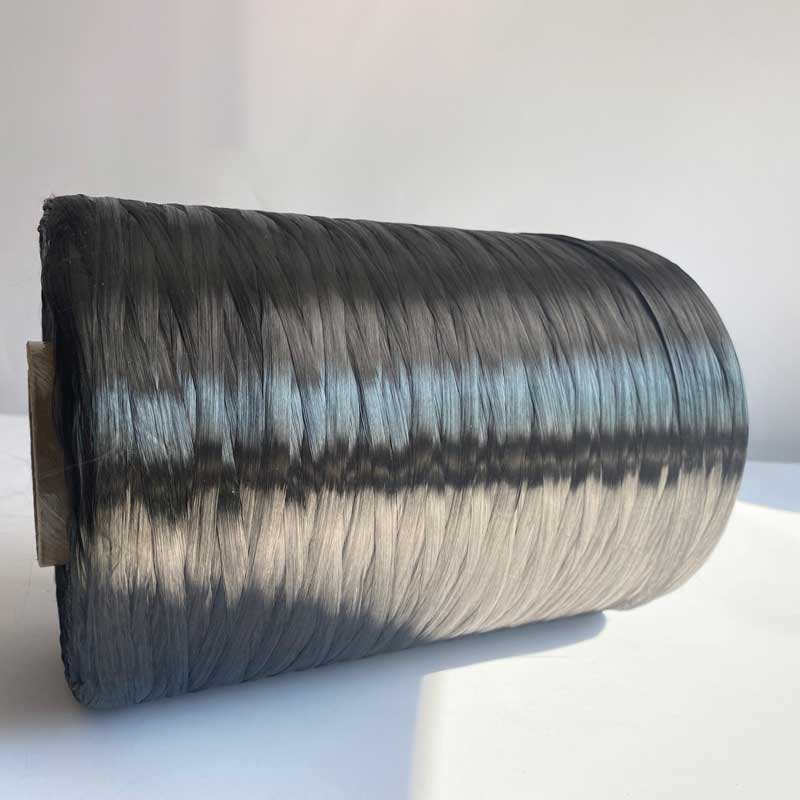
Carbon
Carbon fiber is basically the Carbon backbone of Acrylic fibers, have diameters typically smaller than 10 μm and have their black color after the yarns have been oxidized and carbonized in a furnace. After the production, the only thing left is a fiber with high strength and a low elongation. It has very rigid properties and therefore a very high elastic modulus. Carbon fiber is, for instance, used for the production of composites in various industries. Our clients who operate in the automotive and aerospace industry and consumer products often use Carbon for their products like car parts (brake pads), sports goods (skis) and aviation parts (wing). Carbon fiber distinguishes itself form other fibers by virtue of the superior stiffness of Carbon combined with high strength and low density. Also in combination with properties like heat-, chemical- and UV-resistance Carbon is one of a kind. Carbon Fiber Reinforced Plastics (CFRP) materials are better known and classified as advanced composites or high-performance composite materials when compared to for example Glass Fiber Reinforced Plastics (GRP).
Basalt
Basalt fiber is produced from a Basalt rock, which is a product of volcanic activity and can be found in a huge amount on the earth. In other words basalt fiber is a green and environmentally friendly product without environmental pollution and could also be recycled.
Basalt fiber (with substrates) has excellent physical and mechanical properties, such as high strength, durability, acid-alkali resistance, excellent electrical properties, high wave permeability, non-conductive, good ductility, corrosion resistance, low density and excellent sound insulation performance. Based on these properties, the Basalt fiber and its composites are mostly used by our clients in the construction, automotive and textile industry. In the construction industry there are examples of using basalt for sound and heat insulation and floor and wall covering. High-quality Basalt roving, fabrics and chopped strands are used in the production of CNG cylinders, brake pads, mufflers and other parts for interior applications in automotive industry. The Basalt fibers are also used in the textile industry when high and low temperature protective clothing is required.
Natural fiber
Natural fibers such as Flax are ecological, recyclable and have a very good thermal and acoustical insulating properties. Flax insulation offers excellent temperature buffering characteristics, resulting in gradual temperature changes for a comfortable indoor living climate. Referring to the thermal and acoustical insulation we see that clients in the automotive industry therefor use Flax for interior trim, floor panels and other applications. Nowadays there is more than thirty Kgs of fibers used in a car for interior and exterior. Flax is also been used in the textile industry where they spinning the Flax in linen yarns or in blends with Wool or Cotton. Also Jute, Kenaf, Sisal and Cotton are natural fibers but less common than Flax at this moment of writing.
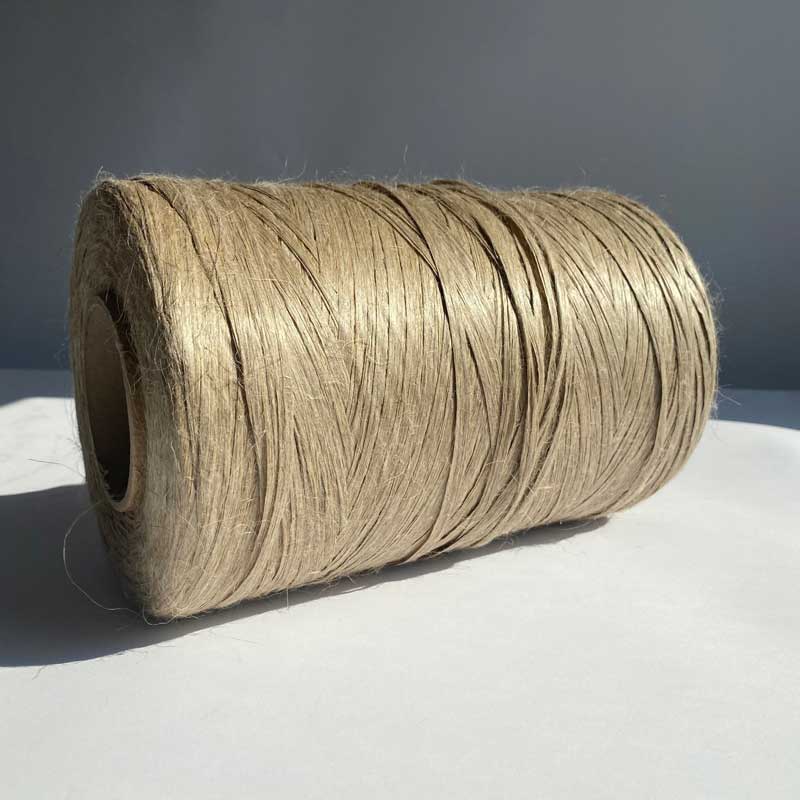
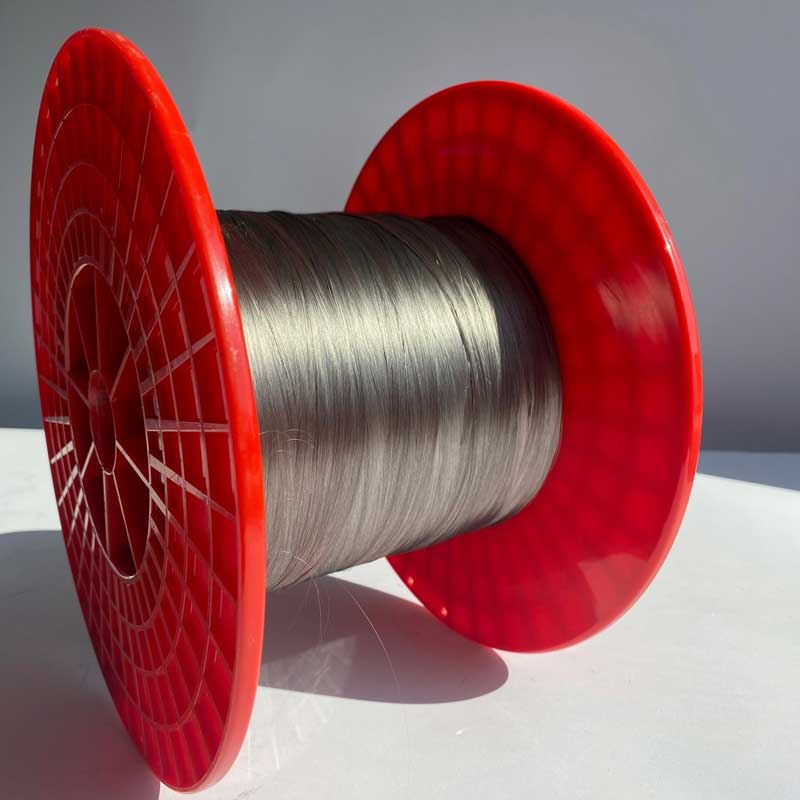
Steel
At van der Mast we mean with steel fibers in relation to our solutions specifically Aluminium fiber, stainless steel wire and steel wire. Last mentioned is necessary at the production of steel fiber, this fiber is made of steel fibers obtained by cold drawing of high resistance and high carbon content steel wire. Steel fibers are mainly used in the construction industry. The fibers improve the ductility and mechanical characteristics of high‑performance mortars and concrete. For structural use they need to be compliant with certain EN standards. Steel fibers provide higher energy absorption or impact resistance and increases concrete ductibility. They are specifically engineered for use as shrinkage and temperature (secondary) reinforcement and provide excellent plastic shrinkage control and reduced settlement cracking. Aluminium fiber is non-flammable, high shock resistant, high temperature resistant and has very good strength and flexibility even under the highest temperature stresses. Fiber Reinforced Aluminium (FRA) composite materials offer because of those properties an improved mechanical and wear performance over traditional alloys and composites.
Polymers
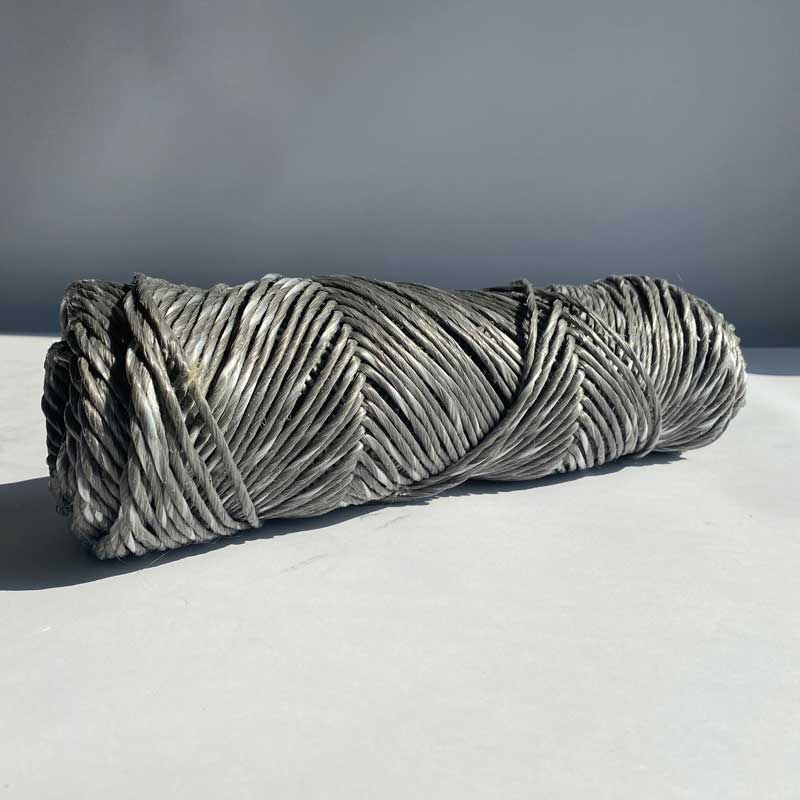
There are a lot of fibers who belong to this group of the so mentioned non-breakable fibers, so we picked a few to explain in more detail: Aramid (Kevlar®), UHMWPE (Dyneema®) , Polypropylene (PP) and Polysteel.
Aramid
Aramid is short for armotic polyamide and most commonly known as Kevlar® and Twaron®, brand names of the para-Aramid family. This Aramid fiber is appreciated for its high strength, low elongation (high modulus) and high temperature resistance (450°C for short bursts, granulates, etc. and 200°C continuously).
We see Aramid mainly used in the automotive and textile industry. Milled (recycled) Aramid is for example used in brake pads and also in polymer compounds for friction related automotive parts. Due to the gradual phasing-out of asbestos in automotive brake friction materials in many parts of the world has encouraged extensive research and development into safer alternatives.
UHMWPE (Ultra High Molecular Weight Polyethylene)
UHMWPE is a so called subset of the thermoplastic PolyEthylene, composed of extremely long chains and very high percentage of parallel orientation. The fiber with ultra-high molecular weight is best known as brands Dyneema® and Spectra®. UHMWPE will float on water and is the fiber with the highest strength available. The fiber is wear resistant but will creep under severe load, but resists against UV and a lot of chemicals. Low friction, chemical resistance and durability are other properties. Regarding heat resistance it’s important to note that it melts at 144°C. We often see this type of fiber used in maritime applications like ropes, nets and sails. But also in the market of raw materials as woven fabrics to composites.
Polypropylene (PP)
Polypropylene fiber is available in different formats (like macro, fibrillated and monofilament) and used in multiple industries, like raw materials (synthetic fiber) and construction. Because the Polypropylene fibers are inherently acid-resistant, alkali-resistant, weak thermal conductivity and have extremely stable chemical properties. By adding mortar or concrete the fibers can effectively control the micro-cracks caused by temperature changes in the initial plastic shrinkage stage of mortar and concrete, prevent and suppress the formation and development of cracks, greatly improve the anti-crack and anti-seepage performance and also the anti-impact and anti-seismic ability of concrete. Therefor the Polypropylene fiber is ideal for roads, bridges, underground waterproofing, pools roofing, basements and wall and floor of industrial and civil construction projects. Besides the combination with mortar and concrete Polypropylene fiber is also used in Geotextile which its being used for reinforcement of roads and railways or as protection layer for foundations.
Polysteel
This fiber is similar to Polypropylene which is described elsewhere. However Polysteel is a Polypropylene – Polyethylene (PP-PE) monofilament twisted into twine. Because of this combination its 40% stronger than standard Polypropylene (monofilament) and 20% lighter than Nylon (another Polymer). Polysteel is being used in the same markets as Polypropylene (raw materials and construction) but you can also find them in maritime applications like ropes. This is because of the strength of Polysteel for sure but also it has no loss of strength when its wet, doesn’t harden with age, floats and is UV-resistance.